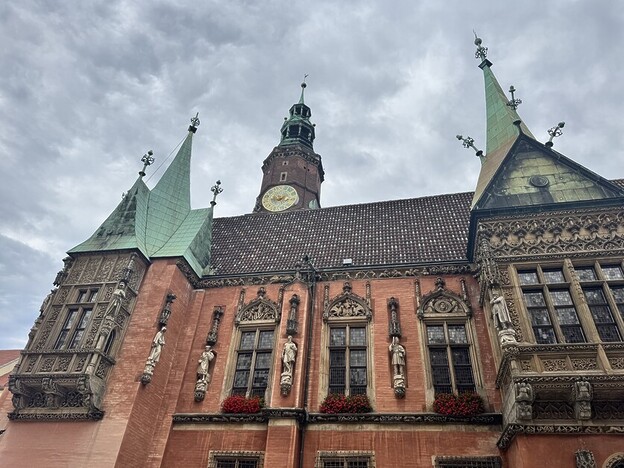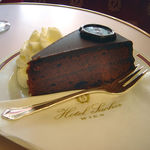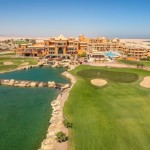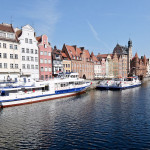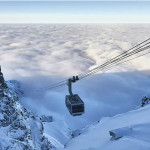Rob Rees finds adrenaline and charm in his guide to Wroclaw, Poland’s most underrated city.
Engines scream, dirt flies, and the Olympic Stadium shakes with noise. On speedway nights in Wrocław, Poland’s fourth-largest city, life revolves around the track. But by morning the pace has slowed, and we found ourselves wandering pastel-hued squares, spotting bronze dwarfs under lampposts, and sipping coffee beside the River Oder. Few cities offer such a heady combination: medieval elegance, student buzz and Poland’s biggest sporting passion.
Speedway – Poland’s National Sport and Obsession
Speedway is woven into the fabric of Polish life. Four riders, no brakes, 70mph slides on shale tracks — it is pure, unfiltered theatre. Speedway draws bigger crowds here than football.
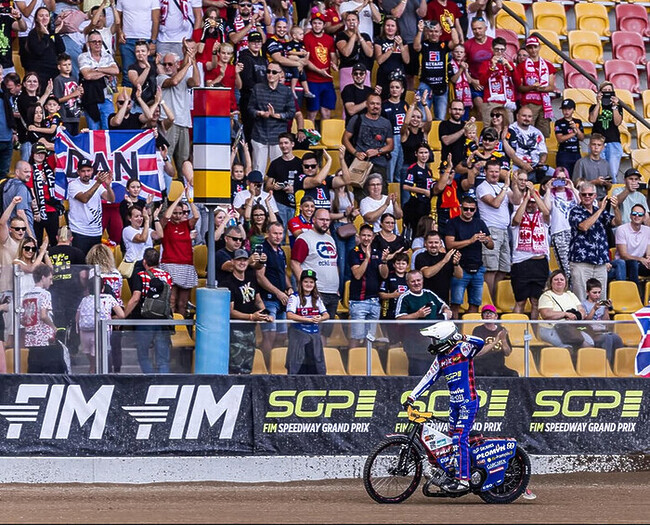
Speedway took root in Poland after World War I, influenced by British and Scandinavian racing with the first official race held in 1930. By the 1950s, under the harsh communist regime, speedway flourished as an accessible, working-class pastime. Municipalities built tracks, funded clubs and used the sport to foster local pride. To this day, many speedway clubs are partly backed by their city councils. It a high-octane summary of Polish character and identity – passionate, forthright, nostalgic and brave.
Wrocław is Polish speedway’s beating heart. Sparta Wrocław, the city’s beloved team, race at the imposing Olympic Stadium, once built for German athletics and regarded as one of the motorsport’s great arenas. We were here for the Speedway Grand Prix weekend with the best 20 riders in the world facing off for the penultimate round of the 2025 World Championship.
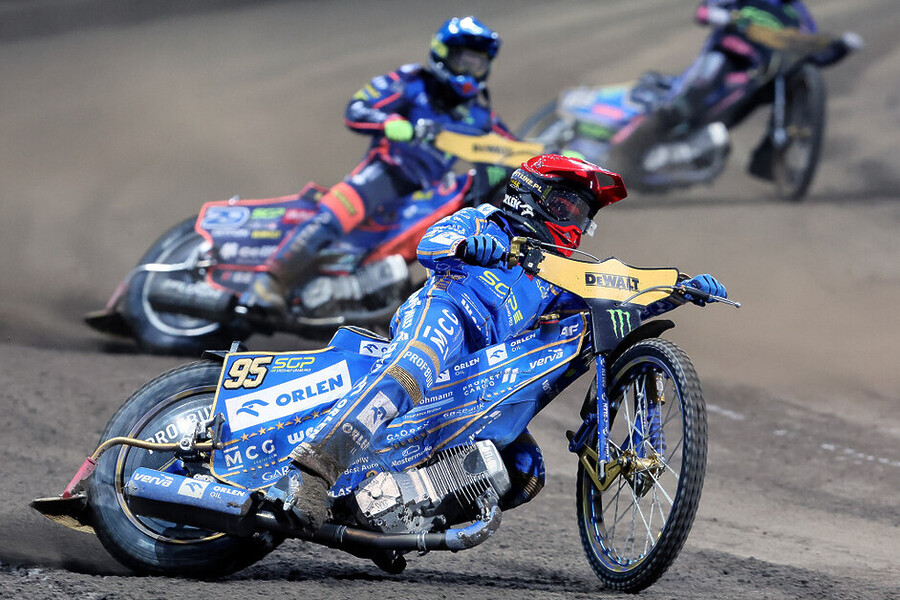
At least half the crowd had come to admire Bartosz Zmarzlik, the superstar of Polish speedway. He’s a five-time world champion and national hero, known for his aggressive style and technical precision. Watching 20,000 fans erupt as the tapes fly up and Bartosz dives for the first corner is an experience that leaves the spine tingling. Two Sparta Wrocław riders – England’s Dan Bewley and Australian Brady Kurtz – were not going to lie down and be easily conquered though. What resulted was an electric night of dirt-track racing; Zmarzlik beaten into second place by Sparta hero Kurtz in the final face-off.
A City With Many Layers
Beyond the stadium, Wrocław rewards you with history as rich as any in Central Europe. Once Slavic, then Bohemian, Austrian, Prussian and finally German Breslau, it returned to Poland after 1945 almost entirely in ruins but run as a Soviet satellite state. The city was rebuilt with civic determination, blending Gothic churches and Baroque palaces with modernist flourishes. Its revival was crowned when it became European Capital of Culture in 2016.
Poland is now one of the EU’s fastest-growing economies. The journey from a crumbling communist satellite to a confident European power in just over three decades is nothing short of remarkable.
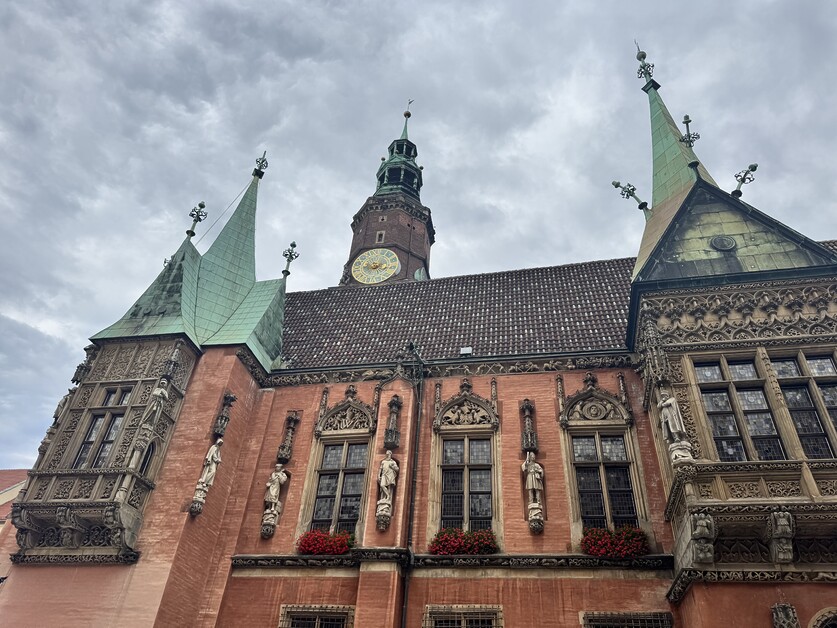
That mix of scars, energy and renewal makes Wrocław interesting to explore. Over 100,000 students keep its bars busy and its atmosphere light, while its architecture tells a story of survival and reinvention.
We started in the Rynek, one of Europe’s largest medieval squares. It dazzles with colourful townhouses and the ornate Gothic Old Town Hall, beneath which Europe’s oldest beer hall, Piwnica Świdnicka, has just reopened. We ordered a pint and imagined merchants doing the same centuries earlier.
From here, we wandered to Cathedral Island (Ostrów Tumski), Wrocław’s oldest district, all cobbled lanes, Gothic spires and medieval churches. At dusk, lamplighters still ignite the gas lamps by hand, casting a golden glow across the bridges and river. We ambled across a handful of the city’s hundred or so bridges, helping explain the “Venice of the North” moniker the city is sometimes given.
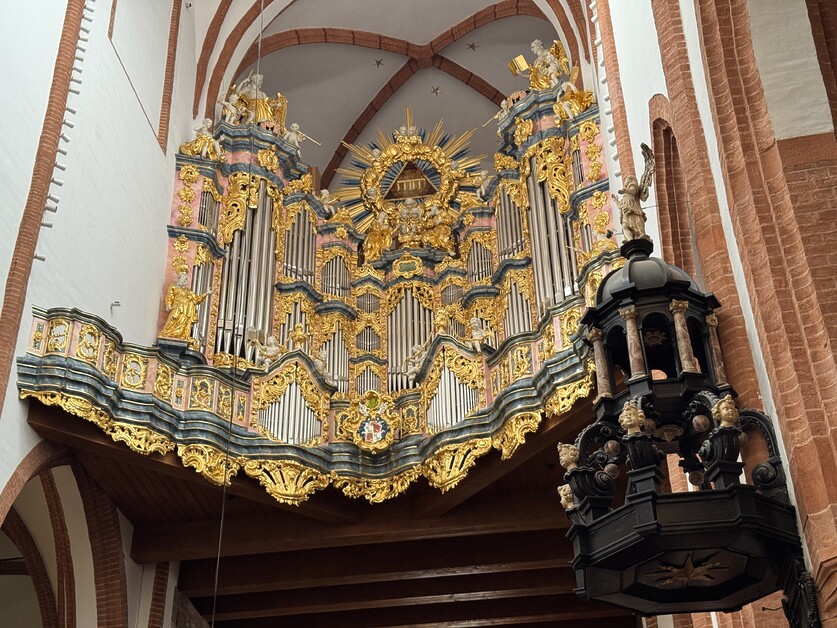
A £1 tram ride away, the Centennial Hall (Hala Stulecia), a UNESCO World Heritage site, shows early modern concrete architecture at its boldest, coupled with Japanese gardens, fountains and zoo. Worth a visit is the Hydropolis museum based in the century old, redeveloped city waterworks. It tells the story of water as an immersive experience from weather to shipping to deep sea exploration and the unknown creatures of the hidden seas.
Dwarfs With A Rebellious Message
At first glance, Wrocław’s bronze dwarfs (krasnale) seem rather kitsch and out of place. More than 900 are dotted around town, from tiny statues of chefs and bankers to butchers to academics in mortarboards. Visitors love the treasure-hunt appeal, but the story behind them is political.
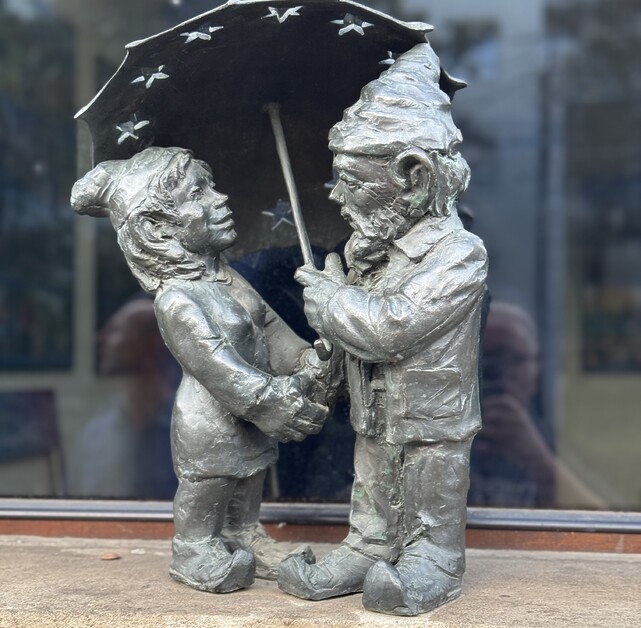
In the 1980s, an anti-communist group called the Orange Alternative used dwarf graffiti and elf costumes to mock the regime. The authorities struggled to censor humour, and the figures became symbols of resistance. Today they stand as reminders of Wrocław’s playful defiance — resilience dressed in bronze beards.
Dumplings and Jazz
Wrocław’s food scene is still evolving, but it rewards the hungry. Its food reflects a swirl of influences: Polish staples mixed with Austrian, Czech and German traditions. At Wrocławska in the Market Square, the tangy sour rye soup, żurek, comes steaming with smoked sausage and egg served in a bowl of crispy bread. The house crayfish soup is tangy and reviving. If traipsing the cobbles has tired you, fill up with Silesian dumplings, pillowy potato rounds in gravy, or the hearty hunter’s stew bigos, made of sauerkraut and slow-cooked meat.
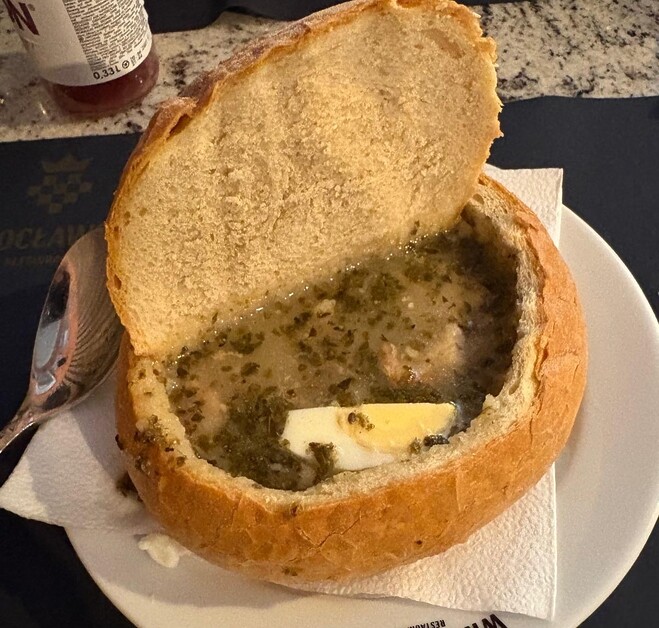
For modern touches, Bistro Stu Mostów serves entrecôte alongside 20 craft beers brewed next door. Vertigo Jazz Club offers a different kind of indulgence: cocktails by the hundred, soft lighting, competent musicians and a “Peaky Blinders” live set that attracts a stylish urban audience.
Why Go Now?
Kraków has grandeur, Warsaw the gloss, but Wrocław is cultured without being pretentious, lively without being overwhelming. English is widely spoken, trams are efficient, and prices remain a bargain compared to many cities in Western Europe.
And then there’s the speedway. Whether you know the sport or not, a World Championship night at the Olympic Stadium is the kind of cultural immersion few city breaks can match. And it’s so much more grounded and affordable than the overhyped, manufactured circus of Formula 1.
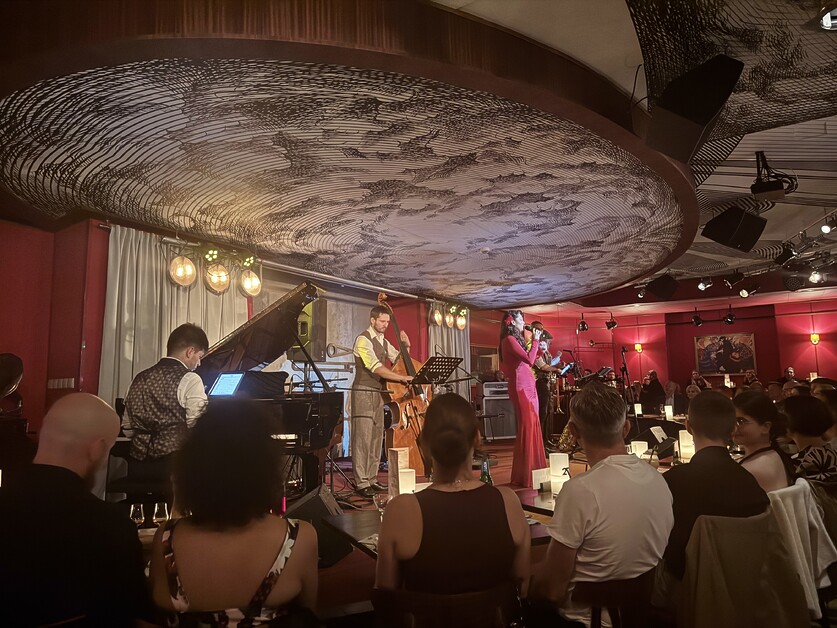
The joy of Wrocław lies in its rhythm and contrasts. Wrocław is a city of bridges, spires and dwarfs; of jazz clubs and student bars; of dumplings and sunny squares. It is the Polish capital city of speedway.
Come for the racing — stay for the colour, the food, the history. By the end of a weekend here you’ll have sunk a pint in Europe’s oldest beer hall, bumped into gnomes through cobbled alleys, watched the knights of the shale track battle beneath the floodlights, and wondered why this city isn’t on everyone’s lips. Wrocław leaves you buzzing long after you’ve left.
Tell Me More About Visiting Wrocław
Wroclaw Tourism Organisation for more tourist information on this guide to Wroclaw.
Ryanair flies from Stansted to Wrocław
Where to stay in Wroclaw The Granary La Suite Hotel ul.Mennicza 24, Stare Miasto, 50-057 Wrocław T: +48 71 395 26 00
For FIM Speedway GP tickets, or download the App. Prices start from £30

